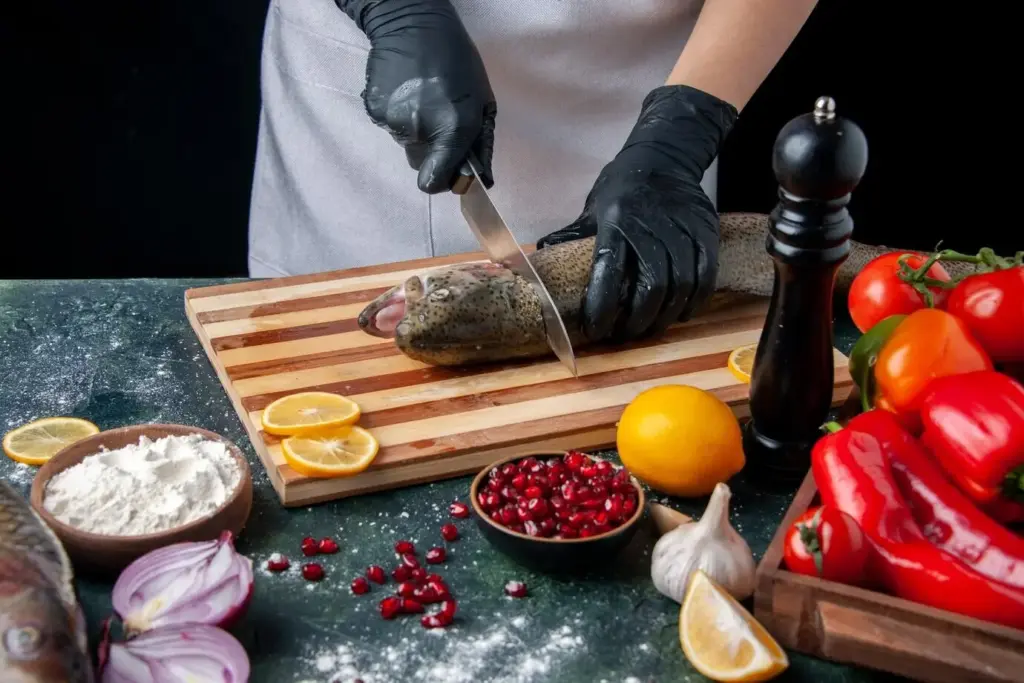Slow Fire, Bold Flavor
Smoke Chemistry You Can Taste
Choosing Wood With Purpose
Fruitwoods for Gentle Sweetness
Apple, cherry, and peach add round, approachable aromas that flatter poultry, pork, and fish without overwhelming delicate flavors. Their lighter density burns cooler and cleaner, encouraging longer exposure times that build complexity gradually, helping beginners develop confidence while still rewarding experienced cooks with nuanced, rosy bark.
Oak, Hickory, and Mesquite, Wisely
Stronger woods shine with beef and game, but moderation prevents bitterness. Use oak for dependable heat and structure, hickory for familiar intensity, and mesquite in brief bursts or mixed blends. Let meat lead the way, and taste smoke rather than letting smoke taste like itself.
Sourcing Responsibly and Seasoning Properly
Choose untreated, pesticide-free wood from trusted suppliers or fallen hardwood you can identify. Split promptly, stack with airflow, and season under cover for months until checks appear. Clean storage protects aroma, reduces mold, and ensures each split burns predictably, making cooks smoother and safer.
Managing the Stall with Grace
Bark Formation, Color, and Smoke Adherence
Fixes for Bitter, Acrid, or Flat Results
When Smoke Goes Harsh: Immediate Remedies
Wind, Weather, and Fuel Variability
Trustworthy Measurements and Sensor Sanity
A Night When Oak Taught Patience
A Backyard Win That Started With a Misfire
Pairings That Let Smoke Shine



